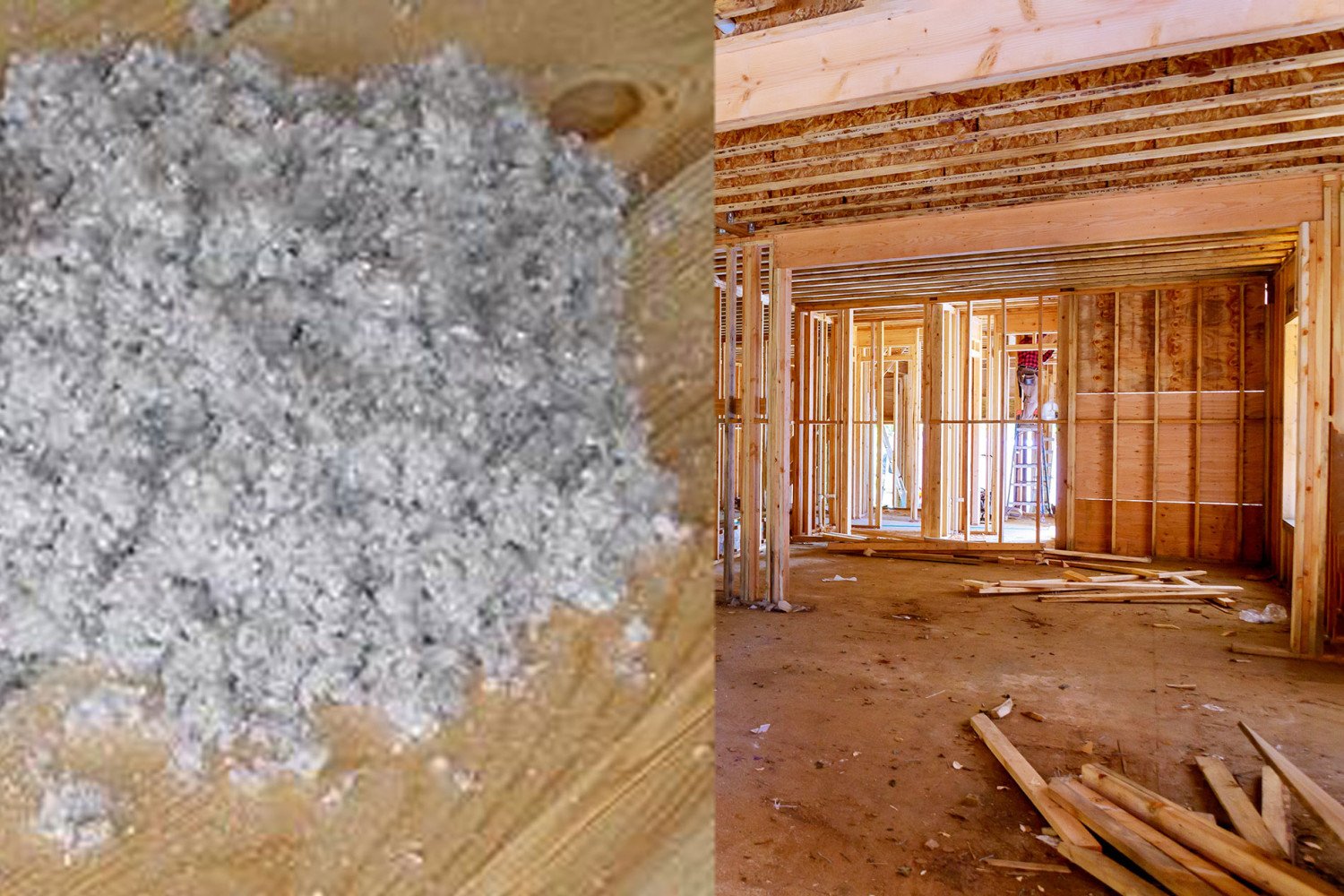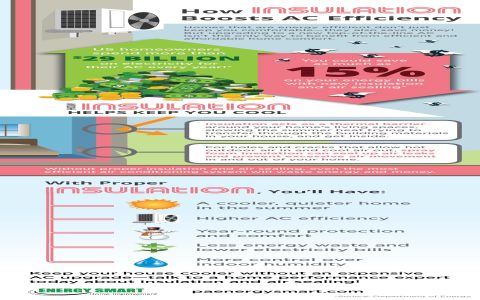A blown insulation machine, also known as an insulation blowing machine, is a specialized piece of equipment designed to install loose-fill insulation materials into building cavities such as attics, walls, and floor spaces. These machines efficiently break up, condition, and pneumatically convey insulation materials like cellulose, fiberglass, or rockwool through a hose to the desired location.
Core Components and Functionality
Understanding the primary components is key to grasping how these machines operate:
- Hopper: This is the large bin or container where bags of loose-fill insulation material are loaded into the machine.
- Agitators/Shredders: Located within or at the base of the hopper, these components (often paddles, chains, or blades) break apart compressed insulation, fluffing it up to its optimal consistency and R-value potential.
- Airlock/Feeder System: This mechanism precisely meters the conditioned insulation material from the hopper into the airstream generated by the blower. It also prevents air from blowing back into the hopper.
- Blower/Fan: A powerful fan or turbine that generates the airflow necessary to propel the insulation material through the hose.
- Hose: A flexible, durable hose, typically several inches in diameter and varying in length, that directs the insulation material from the machine to the installation point.
- Remote Control (Optional): Many professional machines feature a wired or wireless remote control, allowing the operator at the hose end to start/stop the material flow and sometimes adjust airflow without returning to the machine.
Operating Principles
The operation involves loading the chosen insulation material into the hopper. The machine's agitators then break down the compressed material. Simultaneously, the blower creates a high-velocity airstream. The airlock system introduces the fluffed insulation into this airstream, and it is then propelled through the hose to the application area. The operator directs the hose to evenly distribute the insulation to the required depth or density.

Types of Blown Insulation Machines
Machines vary based on several factors:
- Material Compatibility: Some machines are designed for specific materials (e.g., cellulose only), while others are versatile and can handle multiple types like fiberglass and rockwool.
- Capacity and Output: Machines range from smaller, portable units suitable for DIY projects or small contractor jobs, to large, truck-mounted systems designed for high-volume commercial applications. Output is often measured in pounds per minute or bags per hour.
- Power Source: Common power sources include electricity (various voltages and phases) and gasoline engines for greater portability and off-grid use.
Key Selection Considerations
When choosing a blown insulation machine, consider the following:
- Insulation Types: Ensure compatibility with the materials you intend to use.
- Production Rate: Match the machine’s output to your job size and efficiency needs.
- Hopper Capacity: Larger hoppers reduce reloading frequency.
- Portability: Consider machine weight, dimensions, and wheel configuration for site access.
- Power Requirements: Verify available power supply matches the machine's needs.
- Hose Length and Diameter: Sufficient length to reach all areas and appropriate diameter for material type and flow.
- Durability and Maintenance: Look for robust construction and ease of access for cleaning and part replacement.
- Safety Features: Emergency stops, guards, and proper grounding are essential.
Basic Maintenance
Regular maintenance is crucial for optimal performance and longevity:
- Cleaning: Regularly clean the hopper, airlock, and blower housing to prevent material buildup and clogs.
- Inspection: Check hoses for wear and tear, seals for integrity, and agitators/shredders for damage.
- Lubrication: Follow manufacturer recommendations for lubricating moving parts like bearings and chains.
- Component Replacement: Replace worn parts such as airlock seals, shredder teeth, or blower components as needed.
Proper operation and maintenance of a blown insulation machine ensure efficient, effective insulation installation, contributing significantly to a building's energy efficiency and comfort.










